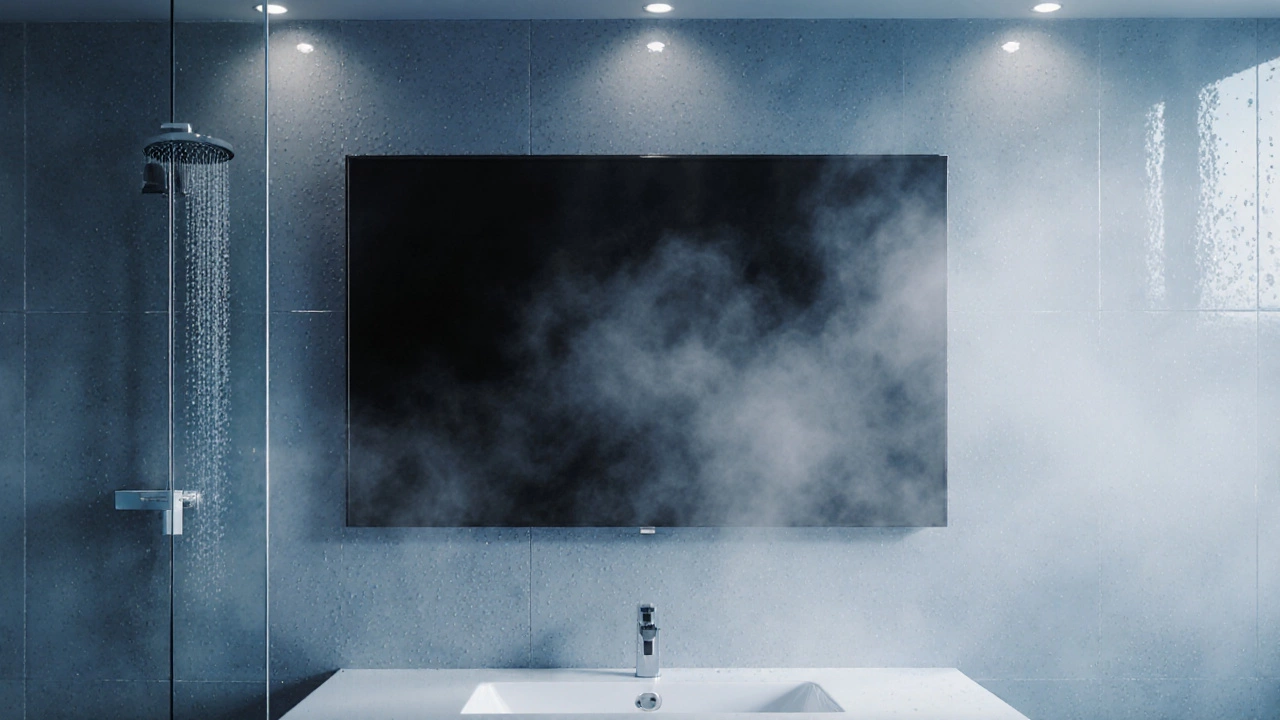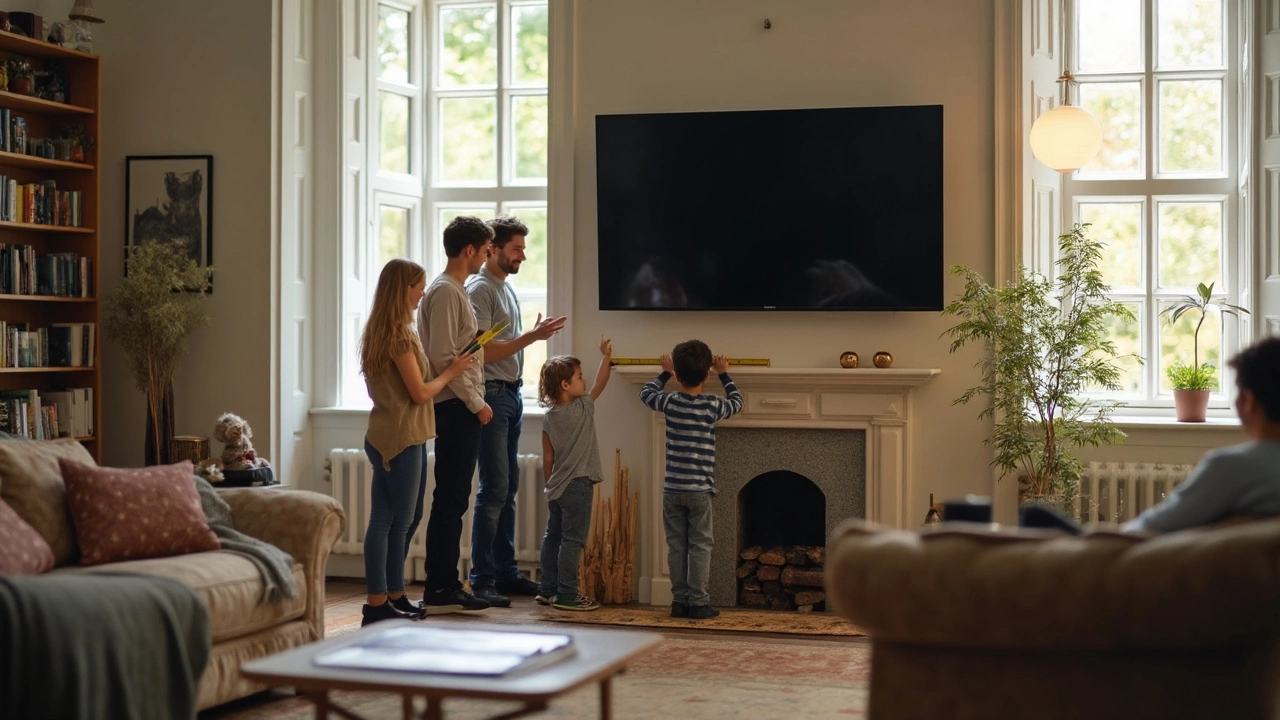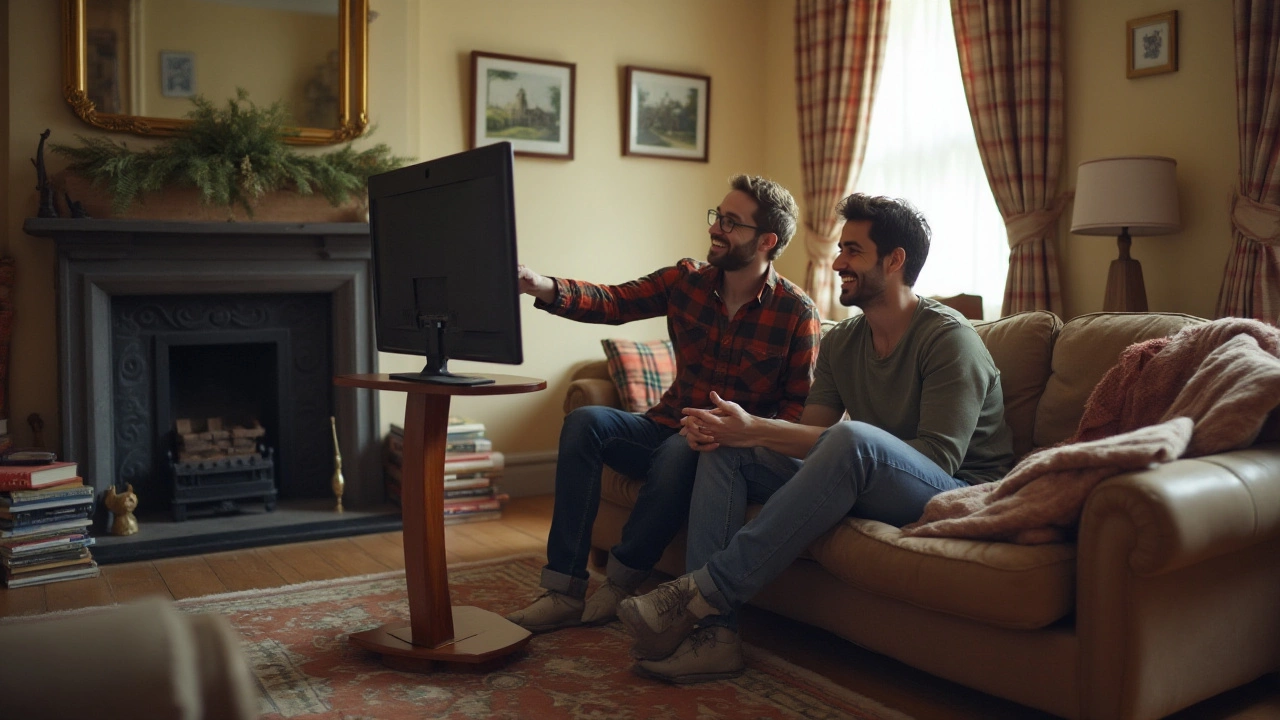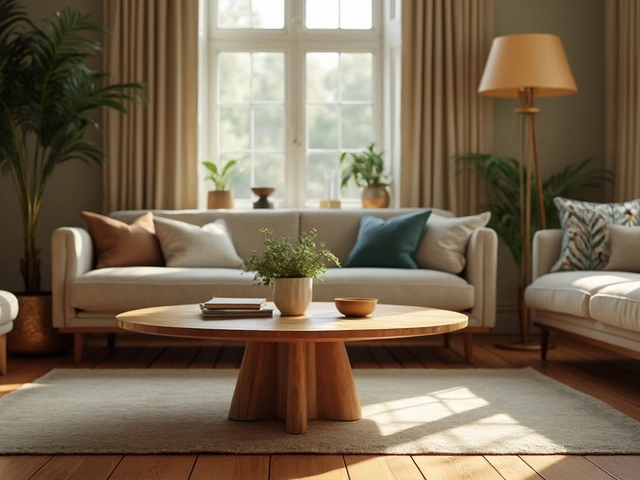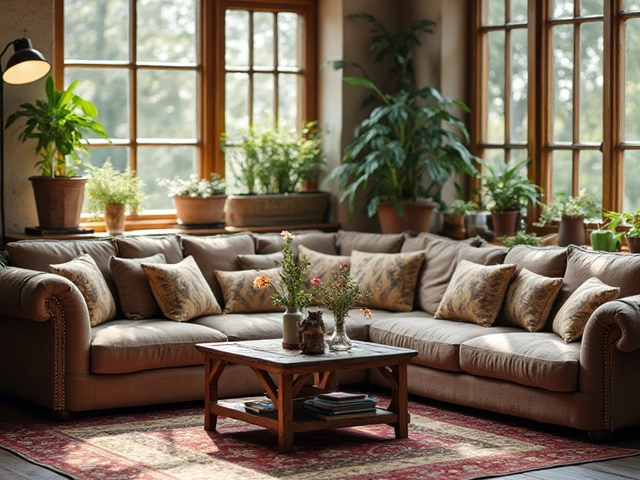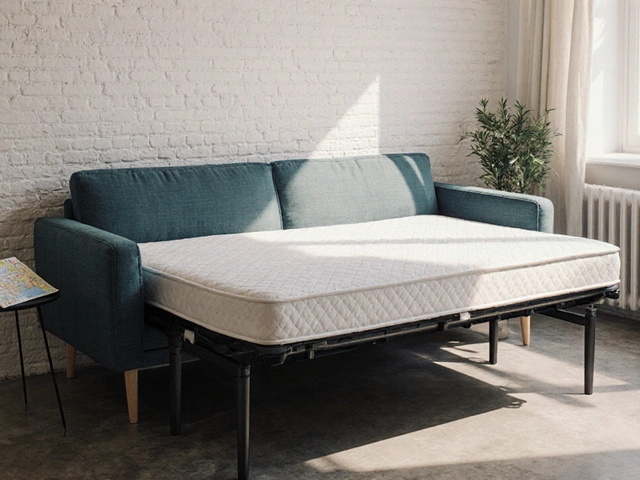TV Placement: How to Choose the Right Spot, Height and Setup
Got a new screen and wondering where it should live? The right TV placement can make a room feel bigger, safer and more comfortable to watch. Below you’ll find clear steps to decide if a wall mount or stand works best, how to set the perfect height, and quick tricks for bedroom or living‑room layouts.
Wall Mount vs TV Stand: Which One Fits Your Space?
If you love a clean look and have solid walls, a wall mount is usually the go‑to. A good mount follows the VESA pattern on the back of your TV and lets you tilt or swivel for glare‑free viewing. Look for a mount that supports your TV size and weight – a 55‑inch screen typically needs a bracket rated for at least 30 kg. Wall mounting also frees floor space, which helps if you have a compact living room.
On the other hand, a TV stand gives you storage for game consoles, cables and décor. It’s a cheaper option if you’re not ready to drill holes or if you rent a flat. Choose a stand with a sturdy base and enough shelf depth for your devices. Remember, a stand adds height, so you may need to adjust the viewing angle to avoid neck strain.
Budget matters too. Mounts can cost anywhere from £30 to £150, while basic stands start around £40. If you’re on a tight budget, a low‑profile stand paired with a short cable management system can look just as tidy as a mount.
Finding the Perfect Height and Viewing Distance
The golden rule: the center of the screen should be at eye level when you’re seated. For most sofas, that means the screen’s middle sits about 42‑48 inches from the floor. Measure the height of your couch cushions, then mark the spot on the wall or stand where the TV’s center will line up.
Viewing distance depends on screen size and resolution. A simple formula is to sit about 1.5 to 2.5 times the diagonal length of the TV. So for a 55‑inch screen, aim for 7‑11 feet away. This range keeps the picture sharp without you having to move your head constantly.
If glare is an issue, place the TV away from direct sunlight or use an anti‑glare screen protector. Tilting the mount a few degrees downwards can also reduce reflections while keeping the picture bright.
Bedroom setups need a bit of extra thought. A low‑profile TV stand or a floating wall mount works well above a headboard, but keep the screen at a comfortable angle for lying down. Adding a small shelf for a lamp or alarm clock can turn the area into a cozy media nook.
Finally, test your layout before committing. Use cardboard cut‑outs to mimic the TV size and walk around the room. This quick visual check helps you spot any awkward angles or clearance issues.
With these tips, you’ll have a TV placement that looks good, feels safe, and provides a great viewing experience. Grab a measuring tape, pick your preferred mounting option, and enjoy your new screen the way it was meant to be watched.
